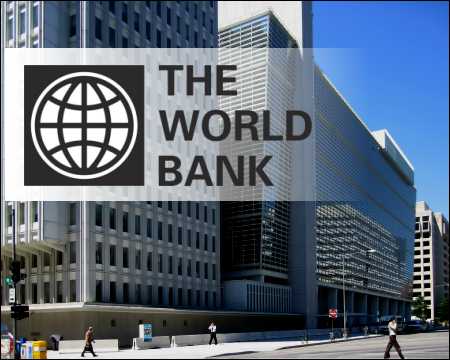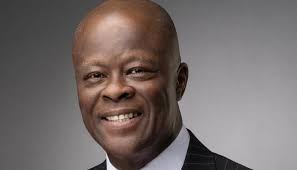The World Bank on Wednesday projected that Nigeria’s economy would grow by 2.4 percent in 2021, up from its earlier growth projection of 1.8 percent made in January this year
The Breton Woods development finance institution made this forecast in its latest Africa’s Pulse report titled ‘Climate Change Adaption and Economic Transformation in Sub-Saharan Africa’.
Specifically, the bank hinged Nigeria’s growth on the improving performance of the service sectors.
The report stated: “Within Africa, recovery is also multi-speed. Angola, Nigeria, and South Africa, the largest economies in the region, are expected to emerge from the 2020 recession, yet at different paces.
“Angola is expected to grow by 0.4 percent in 2021, after five consecutive years of recession. The country is still battling to gain momentum, with elevated debt levels and weak performance of the oil industry.
“Nigeria is expected to grow by 2.4 percent in 2021, supported by the service sector”, the bank added.
Further analysis of the report findings indicated that Nigeria and South Africa were still lagging behind other Sub-Saharan Africa (SSA) economies in terms of growth trajectories.
Specifically, the multilateral institution reported that “excluding South Africa and Nigeria, the rest of Sub-Saharan Africa is rebounding faster, with a growth rate of 3.6 per cent in 2021.
“Nigeria’s economic growth shows little sign of speedy recovery from the 2020 recession. The economy grew five per cent in the second quarter, from 0.5 per cent growth in the first quarter. This was the third consecutive quarter of positive growth since the pandemic crisis.
“The main driver of the recovery is the non-oil sector, with a growth rate of 6.7 per cent compared with 0.8 per cent in the first quarter.
“The service sector recovered strongly after a disappointing first quarter, rising from -0.39 per cent to 9.27 percent in the second quarter, while agriculture contracted from 2.28 in the first quarter to 1.30 percent. Industrial activity also declined to -1.23 percent in 2021 Q2, down from 0.94 percent in 2021 Q1.
“Recent improvements in the labour markets have been largely attributed to workers turning to small-scale, nonfarm enterprise activities in retail and trade although their incomes remain precarious.
“In the first half of 2021, the fiscal deficit widened at four percent of GDP, driven by an increase in debt servicing costs and capital expenditure”, the bank added.
In the medium term, the World Bank predicted that the SSA region would grow by 3.3 percent in 2021, which is a percentage point higher than the forecast in April 2021, 3.5 percent in 2022, and 3.8 percent in 2023.
According to the bank, the rebound would be fuelled by rising commodity prices, relaxation of stringent measures, and recovery in global trade, amongst other factors.
It cautioned that though the SSA region was exiting recession in 2021, the recovery growth still remained fragile and suggested the need for faster vaccine development to accelerate growth above five percent for 2022.
The report clarified: “Growth in economic activity for the region is projected at 3.5 percent in 2022 and 3.8 percent in 2023.
“However, these projections are subject to substantial uncertainty around the pace of vaccination. Faster vaccine deployment would accelerate growth to 5.1 percent in 2022 and 5.4 percent in 2023 in Sub-Saharan Africa – as containment measures are lifted faster than in the baseline and spending increases.”
The Breton Woods institution further pointed out that in contrast, slower vaccine delivery and coverage would impede the relaxation of COVID-19 disruptions in economic activity and projected growth to slow down to 2.4 per cent in 2023.




